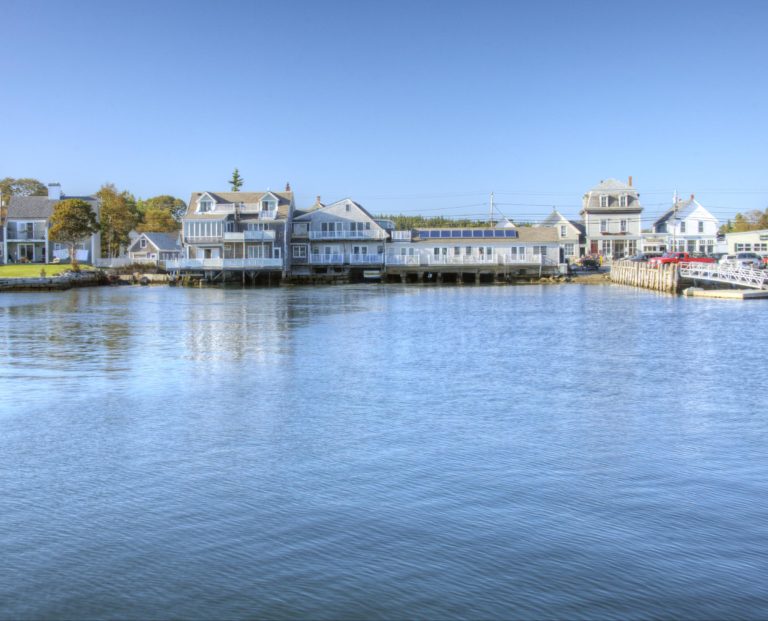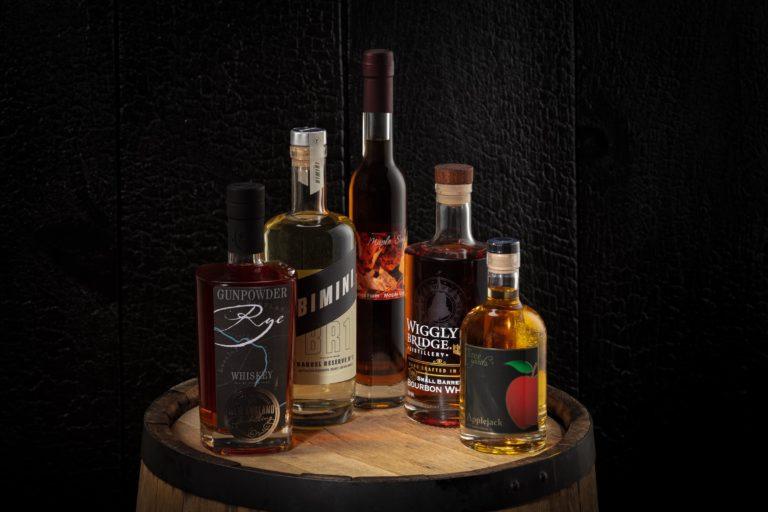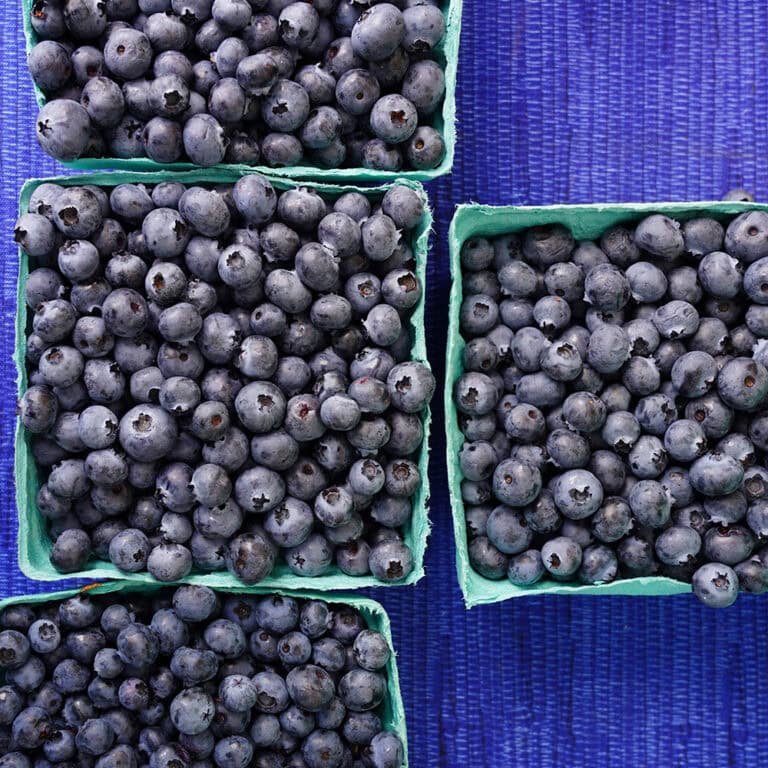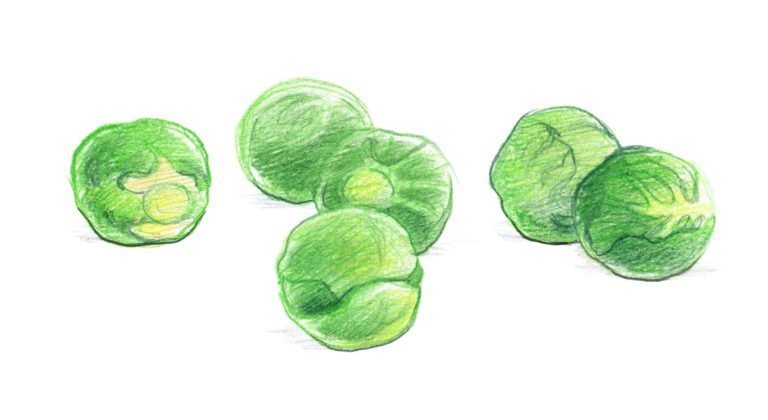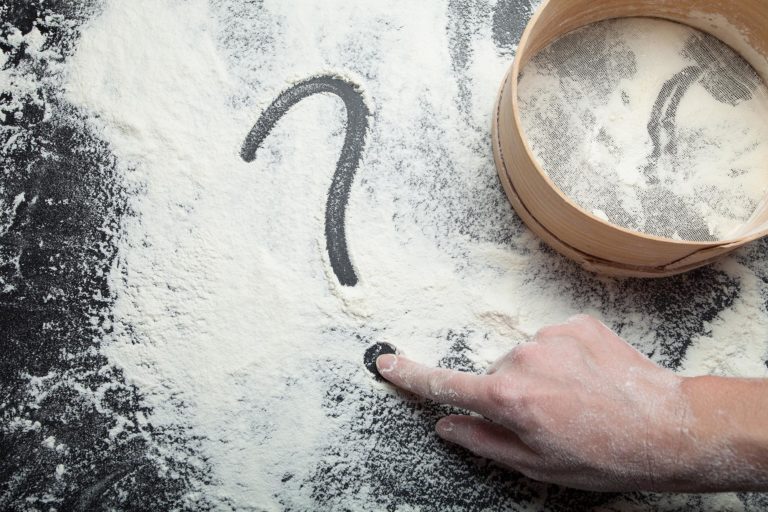Stepping out of a solar greenhouse onto her property in southern Maine, Lauren Mendoza points out berms on each side of the York River snaking behind her home. A grassy landing on shore aligns with the berms, marking the spot of America’s first tidal sawmill. Where horse-drawn wagons were once loaded with freshly milled lumber, Mendoza and her partners now haul buckets of seawater taken at high tide uphill to their greenhouses to make salt. “It’s fun getting to use the landing again in [such] a slow, laborious fashion,” she says, only partially joking.
Mendoza, her aunt Cathy Martin, and her friend Sarah Caldwell own Slack Tide Sea Salt. Together they seasonally harvest salt water, the raw material for their growing small business, in small batches by boat. Before the advent of refrigeration and globalization, the local collection of seawater and production of sea salt was commonplace. “There used to be a saltworks in York,” says Mendoza, who grew up in the area. “It was such a valuable commodity. And everyone knew where it came from.”
While modern cupboards burst with a panoply of salts, from Himalayan pink salt to old-fashioned iodized table salt, sea salt production in Maine has yet to return to the bountiful local industry it once was. If Slack Tide’s rapid success since launching in the summer of 2020 is any indication, though, consumers are ready to help turn the tides.
The continuing pandemic has highlighted national supply chain issues and demonstrated how vital it is to support local food systems, says Maggie Knowles, who co-hosts the local TV show Plate the State with chef Josh Berry. “People understand now that where their ingredients are sourced—even for something as common as salt—affects their health, carbon footprint, and local economy,” says Knowles.
In a state renowned for its abundant aquatic resources, it’s easy to bypass salt water as one of them. “There are many avenues where we have to be creative with aquaculture,” Mendoza says, pointing to the explosion of kelp farming. “I think sea salt is something that has to be looked at as a sustainable option for aquaculture in Maine.” Marshfield-based Maine Sea Salt Company, founded in 1998, was an early champion of this plentiful local resource.
While small-batch harvesting may have some inherent inefficiencies, Mendoza prefers the control it gives her company over water quality. “I want to start with the purest water there is,” she explains. “You’re concentrating [the water] to eat it, so anything that’s in there, you’re then concentrating into a microscopic form of what once was.”
Though they filter collected seawater through felt and charcoal, Mendoza, Martin, and Caldwell still control for water quality by harvesting on incoming tides, avoiding areas of high boat traffic, and being far enough offshore to avoid runoff from lawn fertilizers and other potential pollutants.
Prioritizing quality over efficiency is a central tenet of Slack Tide’s operation, as is an acute awareness of the business’s carbon footprint. While they use fossil fuel to reach the freshest water possible by boat, the Slack Tide partners harvest 250 gallons of seawater per run and rely on a solar-powered brine-making process to offset their carbon toll. Large black tubs of salt water spend three weeks in the greenhouses to reach 80% evaporation, at which point the brine is ready to be flaked into salt, a final heating process they hope to power via solar-generated electricity in their new facility. The team must carefully control both the temperature and salinity of the brine to achieve the large-flake salt they want to produce.
“This salt is my favorite because of the tactile aspect. I can use it in larger flake form or easily crumble it into a dish,” says Berry. “I use it as the final touch on steak, fish, on top of butter, and even chocolate chip cookies.”
Mendoza gestures to a plate of chocolate cookies sitting on her kitchen counter. Nestled in the grooves of the crackled cookie surface among dried red pomegranate leaves sit a few gently crumbled pinches of salt, and one large pyramid that evaded crumbling, its four perfect sides glinting in the light. The cookies were made by local vegan chef Catrina Muolo, who, like chef Berry, enjoys finishing her cookies with Slack Tide sea salt.
Of the many salt blends Slack Tide offers, Berry says the Fishermen’s Blend with lemon and dill is a favorite. He uses it to season water for boiling lobster, preserving gravlax, and finishing crab cakes. One dollar from every jar sold goes to the Fishermen Feeding Mainers program run by the Maine Coast Fishermen’s Association. Available both online and in markets, Slack Tide salts also appear on menus, like the applewood-smoked Upta Camp salt that accompanies bread service at Kennebunk’s White Barn Inn Restaurant.
As Slack Tide plans to double their number of greenhouses and build a new production facility, the team faces one larger hurdle. Though it considers the salt business to be a form of aquaculture, the company does not qualify for a commercial mooring in the town of York, where the Harbor Ordinance gives mooring priority to commercial fishermen, defined therein as “lobster, dragger, gillnet, & charter, etc.” Redefining what it means to be a commercial business on the water and gaining access to a mooring will be key to Slack Tide’s ability to operate year-round and scale up in the years to come. As Mendoza and her colleagues plan to petition the town of York to change this language, they are buoyed by the warm reception they’ve received on the waterfront and are hopeful for their place among other harvesters and cultivators on Maine’s coast.







